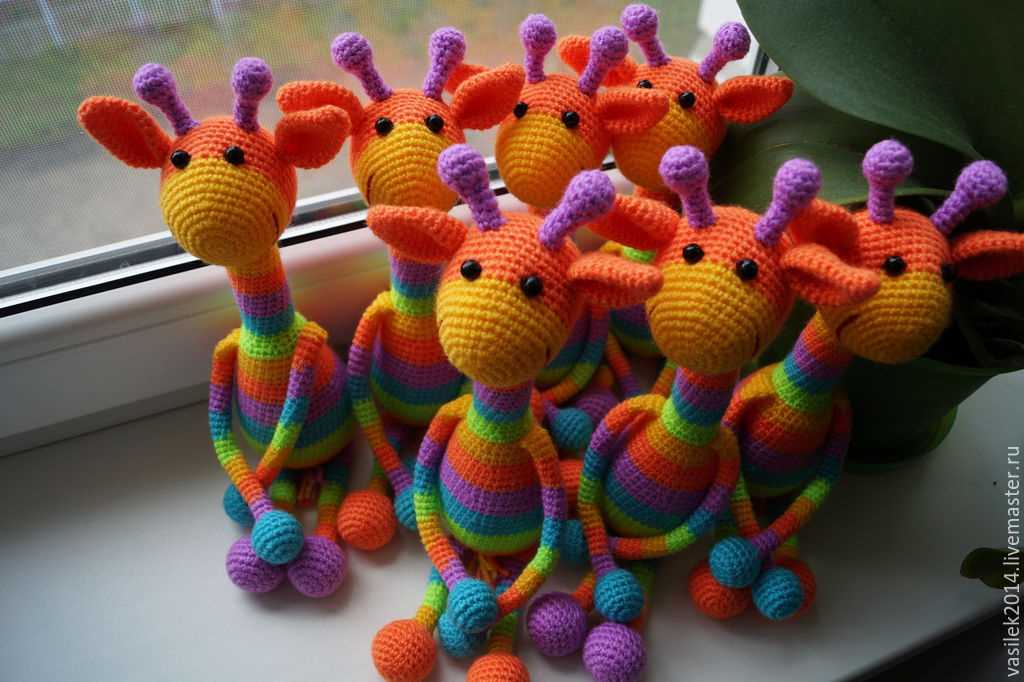
Knitting is a popular hobby for many people around the world. It offers a creative outlet and the opportunity to create unique and personalized items. One type of knitting that has gained popularity in recent years is micro knitting. Micro knitting involves using very fine needles and delicate yarn to create intricate patterns.
Micro knitting patterns allow knitters to create miniature versions of their favorite designs. These patterns often feature detailed stitches and intricate lacework. While small in size, these knitted pieces can be quite challenging to create due to the tiny stitches and delicate materials used.
In addition to creating miniature versions of existing designs, micro knitting patterns also offer the chance to create original, one-of-a-kind pieces. Knitters can experiment with different stitch patterns, color combinations, and yarn types to create unique creations. The smaller scale of micro knitting allows for more intricate and detailed designs, making it a favorite of many knitting enthusiasts.
Micro knitting patterns can be used to create a variety of items, including shawls, scarves, gloves, and even miniature clothing for dolls. These tiny creations can be used as delicate accessories or displayed as works of art. With the growing popularity of micro knitting, there are now many resources available to help knitters find patterns and inspiration for their projects.
The Basics of Micro Knitting
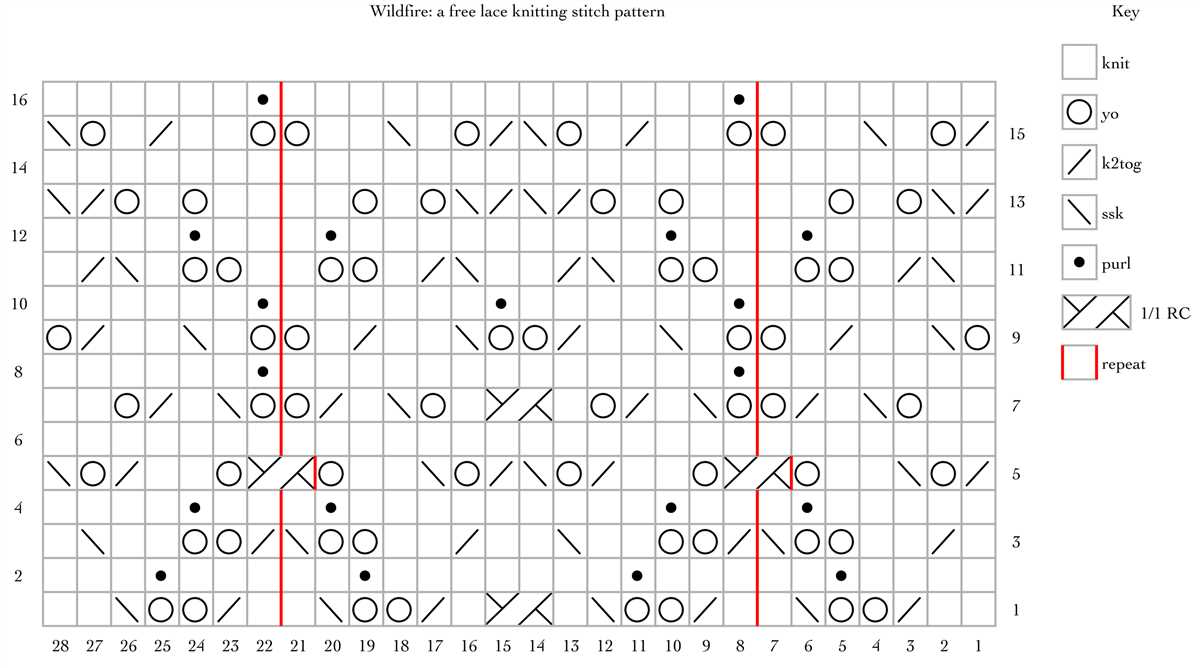
Micro knitting is a unique form of knitting that involves working with very fine yarn and small needles to create intricate designs and miniatures. As the name suggests, micro knitting focuses on creating tiny knitted items that are much smaller in scale compared to traditional knitting projects. This art form requires precision and attention to detail, as it involves working with delicate materials and following complex patterns.
One of the key elements in micro knitting is the choice of materials. Fine gauge yarn, such as lace weight or sock yarn, is typically used to create the delicate stitches and patterns. The needles used in micro knitting are also much smaller than regular knitting needles, with sizes ranging from 000 to 2. These small needles allow for tightly knitted stitches, which are essential for achieving the intricate details in micro knitting.
Techniques and Patterns
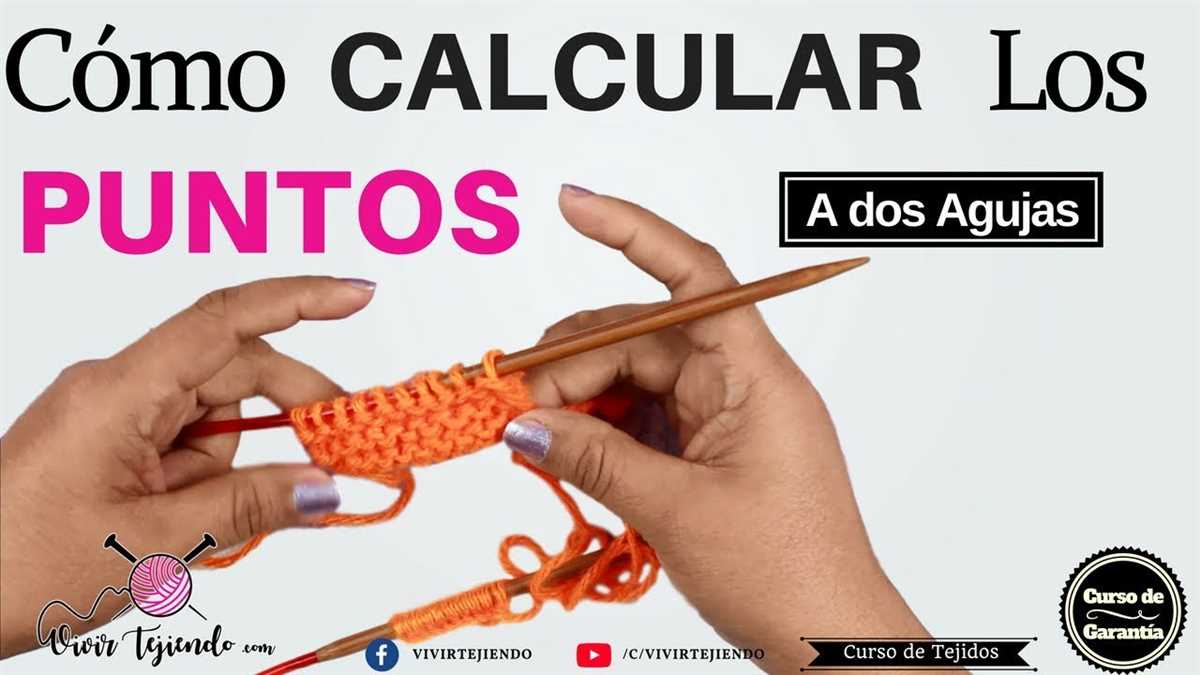
Micro knitting utilizes various knitting techniques to create the desired effects and designs. Lace knitting, fair isle, and intarsia are commonly used techniques in micro knitting. These techniques require careful attention to tension and stitch placement to ensure that the intricate patterns are clearly defined.
Patterns for micro knitting can be found in specialized books and online resources. These patterns are specifically designed for miniatures and often include detailed instructions and charts. Some popular micro knitting projects include miniature sweaters, dresses, hats, and even tiny animals or flowers. While these projects may be small in size, they still require patience and skill to complete.
The Art of Micro Knitting
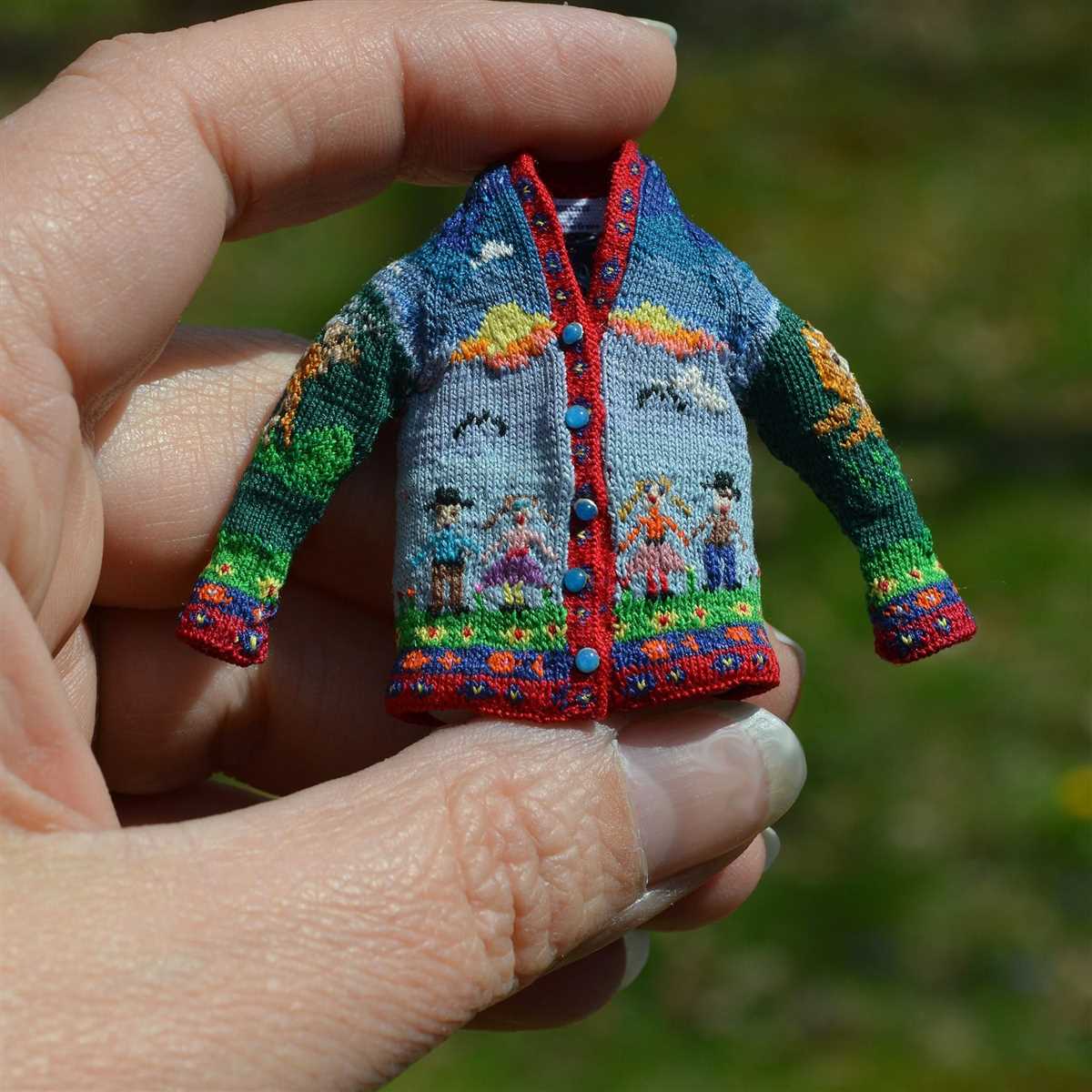
Micro knitting is not only a craft but also an art form. It allows for the creation of incredibly detailed and lifelike miniatures. Many micro knitters showcase their work in exhibitions and galleries, where these tiny creations are admired for their intricacy and beauty. Micro knitting requires a combination of technical skill and artistic vision to bring these miniature worlds to life through the art of knitting.
In conclusion, micro knitting is a specialized form of knitting that focuses on creating intricate miniatures using fine yarn and small needles. This art form requires precision, attention to detail, and a deep understanding of knitting techniques. Micro knitting allows for the creation of tiny, lifelike objects that showcase the beauty and versatility of knitting as an art form.
What is Micro Knitting?
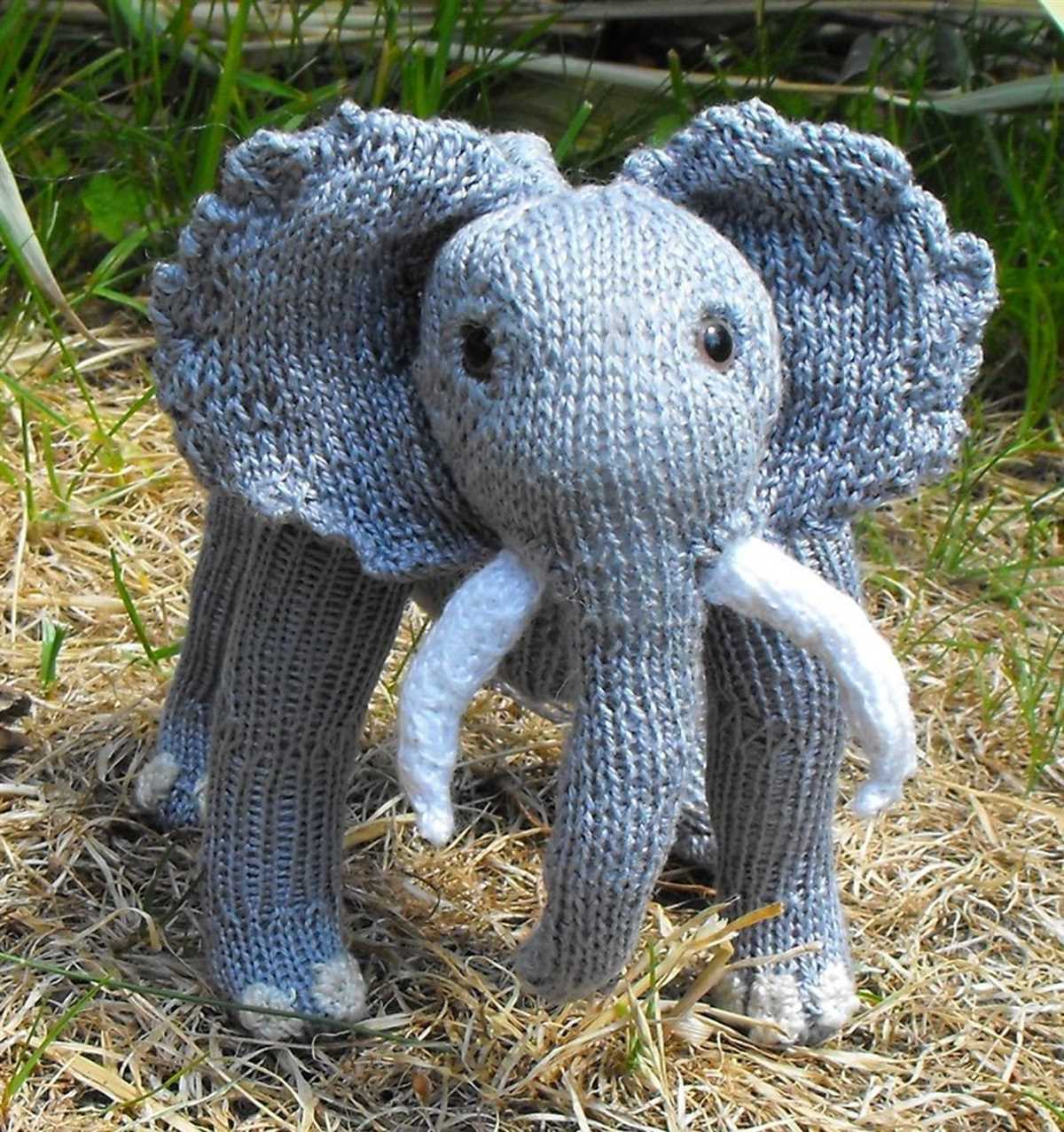
Micro knitting is a specialized form of knitting that involves creating intricate patterns and designs on a very small scale. Unlike traditional knitting, which uses larger needles and thicker yarns, micro knitting utilizes fine needles and delicate yarns to create extremely small stitches. The result is beautifully detailed miniatures that can be used as accessories, decorations, or even as part of larger projects.
The art of micro knitting requires a high level of skill and precision. Knitters must have excellent control over their needles, as well as a keen eye for detail. They often work with magnifying glasses or microscopes to ensure that each stitch is perfectly formed and positioned. Additionally, micro knitting patterns can be quite complex, involving intricate colorwork, lace patterns, and even cabling.
To create micro knitting patterns, knitters often use very fine yarns, such as lace weight or even thread. These yarns allow for the creation of incredibly small stitches and intricate designs. Some knitters may also choose to work with multiple strands of yarn held together to achieve the desired thickness and texture.
Micro knitting can be used to create a wide range of items, including miniature garments, accessories like hats and scarves, tiny stuffed animals, and even intricate lacework for jewelry. The small scale of micro knitting makes it a popular choice for creating dollhouse miniatures or tiny replicas of everyday objects.
Overall, micro knitting is a challenging but rewarding craft that allows knitters to create incredibly detailed and delicate items on a small scale. Whether used as standalone pieces or incorporated into larger projects, micro knitting patterns showcase the skill and creativity of the knitter.
Tools and Materials for Micro Knitting
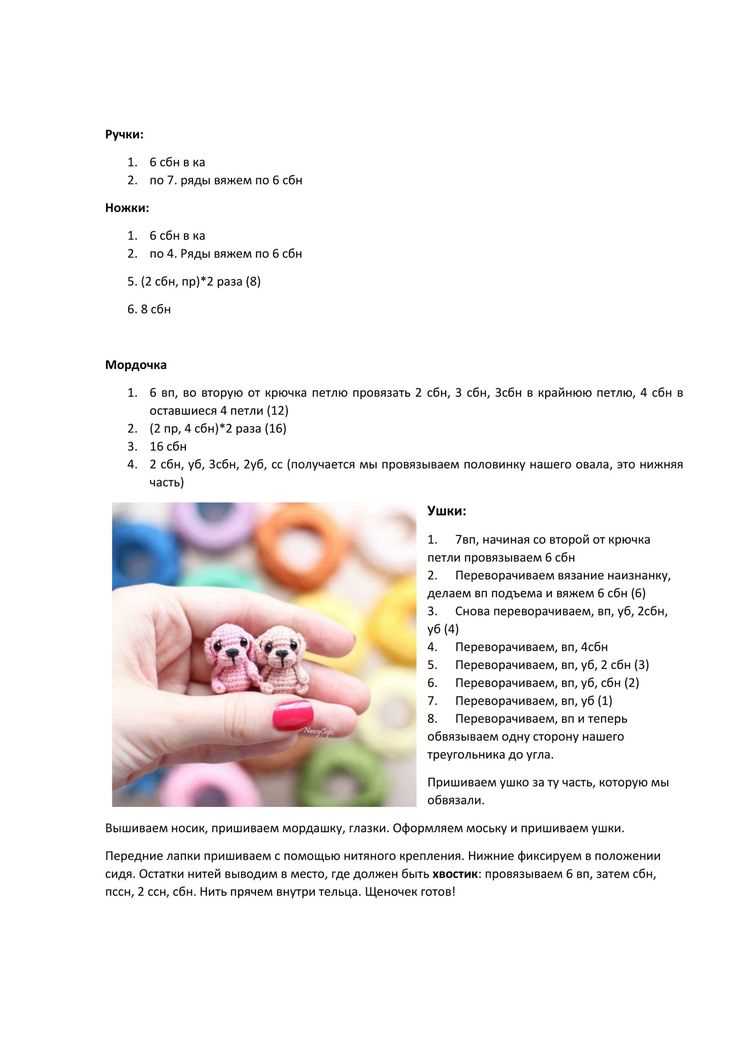
Micro knitting is a unique and intricate craft that requires specialized tools and materials. These tools are designed to accommodate the small scale of micro knitting projects, allowing for the creation of intricate patterns and designs.
Knitting Needles: One of the most important tools for micro knitting is a set of fine-tipped needles. These needles are typically made of steel or aluminum and come in a range of sizes, from 0.5mm to 2.25mm. The small size of these needles allows for precise stitches and intricate patterns to be created.
Yarn: Micro knitting requires thin and delicate yarns that match the small scale of the project. Lace weight, fingering weight, and cobweb weight yarns are popular choices for micro knitting. These yarns are typically made from natural fibers such as silk or cashmere, which add to the overall delicacy and fine detail of the finished piece.
Stitch Markers: Stitch markers are essential tools for keeping track of stitch patterns and counting rows in micro knitting. These small, lightweight markers can easily be slipped onto the knitting needles and moved as needed to indicate different sections of the pattern.
Tapestry Needles: Tapestry needles with a fine tip are used in micro knitting for weaving in loose ends and sewing up seams. These needles are typically made of steel or nickel-plated brass and have a large eye to accommodate the thin yarn used in micro knitting.
Pattern Chart: Many micro knitting patterns use a chart system, where each square or symbol represents a different stitch or color. These charts are typically printed or drawn out and used as a guide when knitting. Using a magnifying glass or lighted magnifying lamp can help make these charts easier to read and follow.
Other Tools: Some other tools that are useful in micro knitting include small scissors for cutting yarn, a row counter to keep track of rows, and a needle gauge to measure the size of knitting needles. Additionally, a flat surface such as a blocking board and T-pins can be used for blocking and shaping micro knitted items.
Choosing the Right Yarn for Micro Knitting
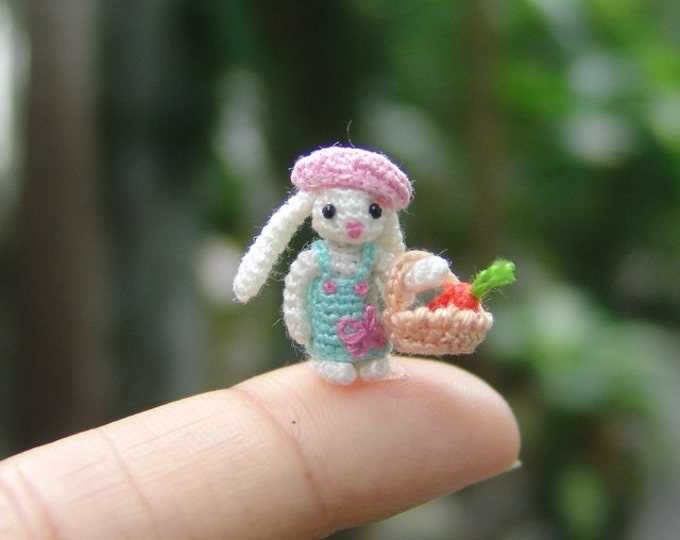
When it comes to micro knitting, choosing the right yarn is essential to achieve the desired results. With small-scale projects, such as creating miniature dolls, animals, or accessories, it is important to select a yarn that is thin and delicate. The choice of yarn can greatly affect the final outcome of the project, as well as the ease of working with the yarn.
Fiber Type: One of the main factors to consider when selecting yarn for micro knitting is the fiber type. Opt for soft and lightweight fibers such as cotton, silk, or bamboo. These fibers are finer in nature and will result in a more delicate and intricate final product. Avoid using bulky or heavy yarns, as they can overwhelm the small scale of the project and make it difficult to achieve fine details.
Weight: The weight of the yarn is another crucial factor to consider. For micro knitting, it is recommended to choose a yarn that falls within the lace or fingering weight categories. These yarn weights are thinner and more suitable for small-scale projects. They allow for finer details and give the finished product a more delicate look. Be sure to check the yarn label for the weight category before making a purchase.
Color: The color of the yarn is also an important consideration when micro knitting. Lighter colors tend to highlight the intricacies of the project and show off the fine details better. Neutral shades, pastels, or soft tones are often preferred for micro knitting as they create a more delicate and refined appearance. However, this ultimately depends on personal preference and the intended purpose of the project.
Ease of Work: Finally, it is important to consider the ease of working with the chosen yarn. Some yarns may be more slippery or prone to splitting, which can make it more challenging to work with them in micro knitting projects. It is recommended to choose a yarn that has a good balance of softness and structural integrity, allowing for easy handling and manipulation while still maintaining the desired delicacy.
Overall, selecting the right yarn for micro knitting involves considering factors such as fiber type, weight, color, and ease of work. By taking these factors into account, you can ensure that your micro knitting project turns out beautifully, with intricate details and a delicate appearance.
Micro Knitting Techniques
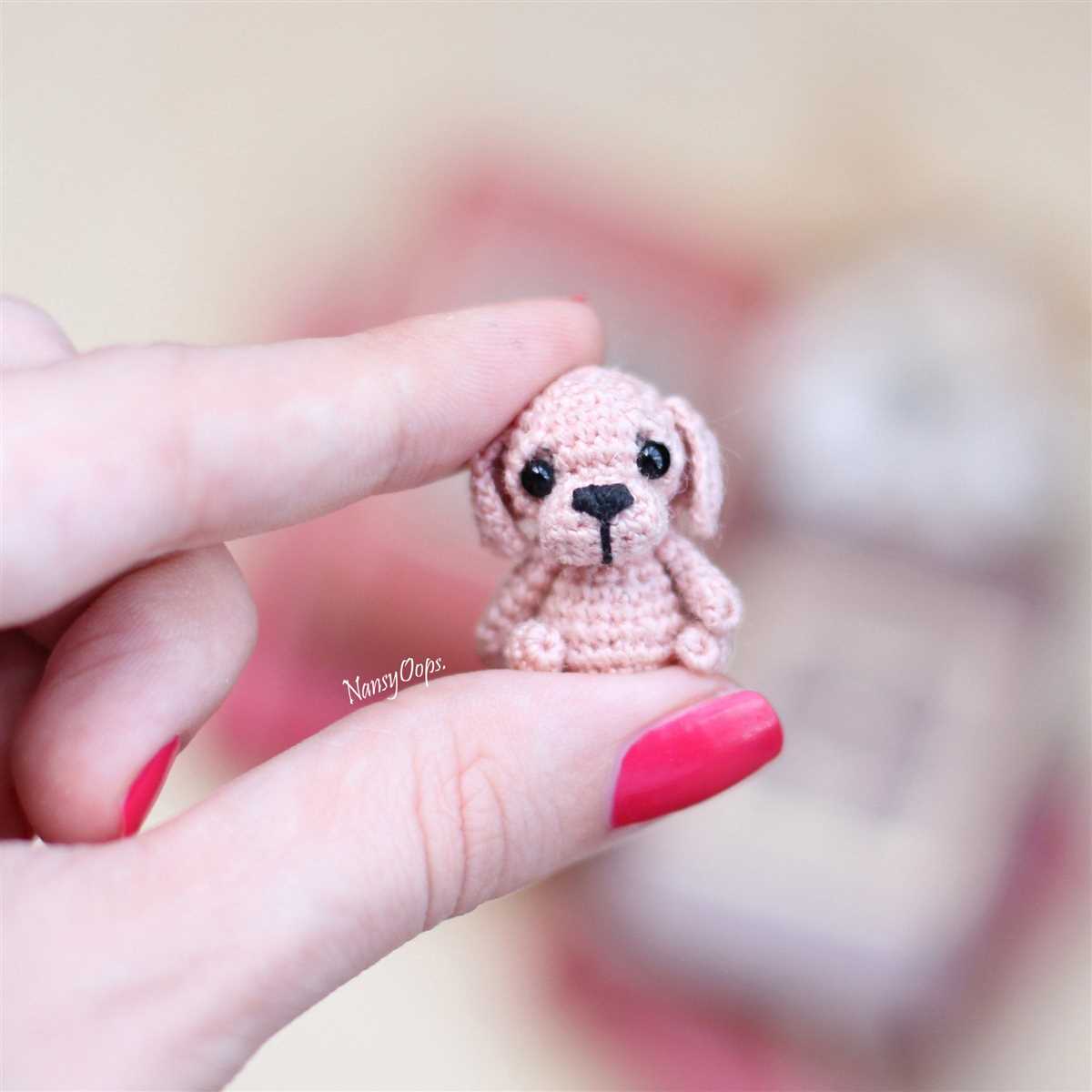
Micro knitting is a form of knitting that involves creating intricate and detailed patterns using very fine yarn and tiny needles. This technique requires a lot of patience and precision, as each stitch is carefully worked with a delicate touch. Micro knitting is often used to create miniature items, such as dolls, animals, and accessories, that can be as small as a few centimeters in size.
One of the key techniques used in micro knitting is lace knitting. Lace patterns are created by working a series of yarn overs and decreases, which result in delicate and openwork designs. This technique is particularly challenging in micro knitting, as the small scale requires even more precision in working the stitches. Lace knitting in micro knitting can be used to create intricate garments, such as shawls and lace collars, which can be wonderful additions to miniature outfits.
Another popular technique in micro knitting is fair isle knitting. Fair isle patterns involve working with multiple colors in each row or round, creating beautiful and intricate designs. In micro knitting, fair isle patterns can be used to create detailed motifs and patterns on miniature garments and accessories. This technique requires careful tension control and attention to detail, as even small variations in color placement can significantly impact the final design.
In addition to lace knitting and fair isle knitting, there are many other techniques that can be used in micro knitting, such as cable knitting, intarsia knitting, and textured stitches. Each of these techniques adds its own unique element to micro knitting, allowing for endless creativity and possibilities in creating miniature masterpieces.
- Lace knitting: a technique used to create delicate and openwork designs with yarn overs and decreases.
- Fair isle knitting: a technique that involves working with multiple colors to create intricate patterns.
- Cable knitting: a technique that creates raised stitches and interlocking patterns using cable needles.
- Intarsia knitting: a technique that allows for the creation of large and detailed motifs using separate balls of yarn.
- Textured stitches: various stitches, such as bobbles and cables, that add texture and interest to the knitted fabric.
Miniature Cable Knitting
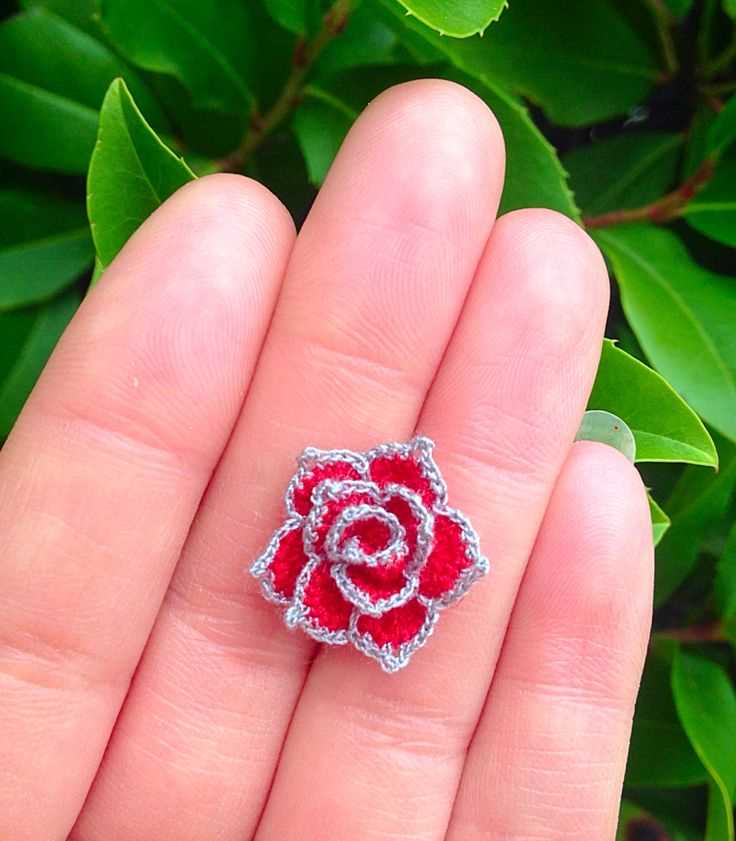
Miniature cable knitting is a fascinating technique that allows you to create intricate cable patterns on a small scale. It is perfect for creating delicate and detailed designs for dolls, toys, or small accessories. The art of miniature cable knitting requires patience and precision, as you will be working with tiny stitches and intricate cable patterns.
When working with miniature cables, it is important to choose the right yarn and needles. Fine yarns such as lace weight or fingering weight are ideal for achieving the delicate look of miniature knitting. As for needles, using smaller-sized double-pointed needles or circular needles will help you create tight and neat stitches.
To create miniature cable knitting patterns, you will need to have a good understanding of basic cable knitting techniques. This includes techniques such as crossing stitches over each other, working twisted stitches, and using cable needles. With these techniques, you can create a variety of cable patterns, from classic twists to intricate braids.
Miniature cable knitting is a challenging and rewarding craft that allows you to create stunning miniature designs. Whether you are knitting a tiny sweater for a doll or a delicate shawl for a miniature fashion model, the intricate cable patterns will add a touch of elegance to your project. So grab your tiny needles and fine yarn, and start exploring the world of miniature cable knitting!
Lace Knitting in Micro Scale
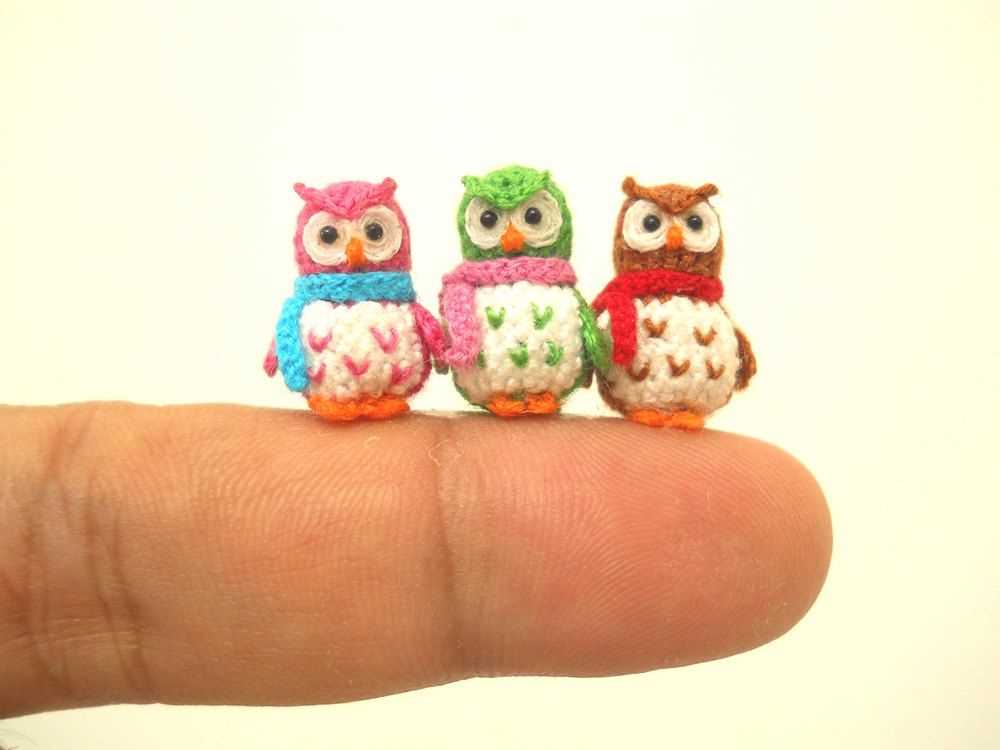
Lace knitting is a delicate and intricate technique that has been practiced for centuries. Traditionally, lace knitting was done on larger needles and yarn, resulting in larger and more open patterns. However, with the advent of micro knitting, lace patterns can now be created on a much smaller scale.
Micro knitting refers to the art of knitting with very fine needles and thin yarn, creating miniature garments or accessories. This technique allows for the creation of incredibly detailed lace patterns, with intricate motifs and delicate designs. The small scale of micro knitting means that patterns can be more complex and intricate, showcasing the skill and craftsmanship of the knitter.
To create micro lace knitting, knitters typically use lace weight or thread weight yarn, which is very thin and lightweight. They also use very fine needles, often as small as size 0000 or smaller. The smaller needles and yarn allow for tighter stitches and finer details, resulting in beautiful and delicate lace patterns. Knitters can choose from a wide range of lace stitch patterns, including traditional motifs like leaves, flowers, and geometric shapes, as well as more modern and abstract designs.
Micro lace knitting is a labor-intensive technique that requires patience and precision. Each stitch must be carefully executed to maintain the integrity of the lace pattern. Knitters often work with magnifying glasses or special tools to help them see the tiny stitches and keep track of the pattern. Despite the challenges, the end result is a stunning piece of miniature lace, perfect for use in doll clothes, jewelry, or other small-scale projects.
In conclusion, lace knitting in micro scale offers a new level of intricacy and detail to this ancient technique. With the use of fine needles and thin yarn, knitters can create miniature lace patterns that are both beautiful and impressive. Whether used in miniatures or as standalone pieces, micro lace knitting is an art form that showcases the skill and creativity of the knitter.
Colorwork Patterns for Micro Knitting
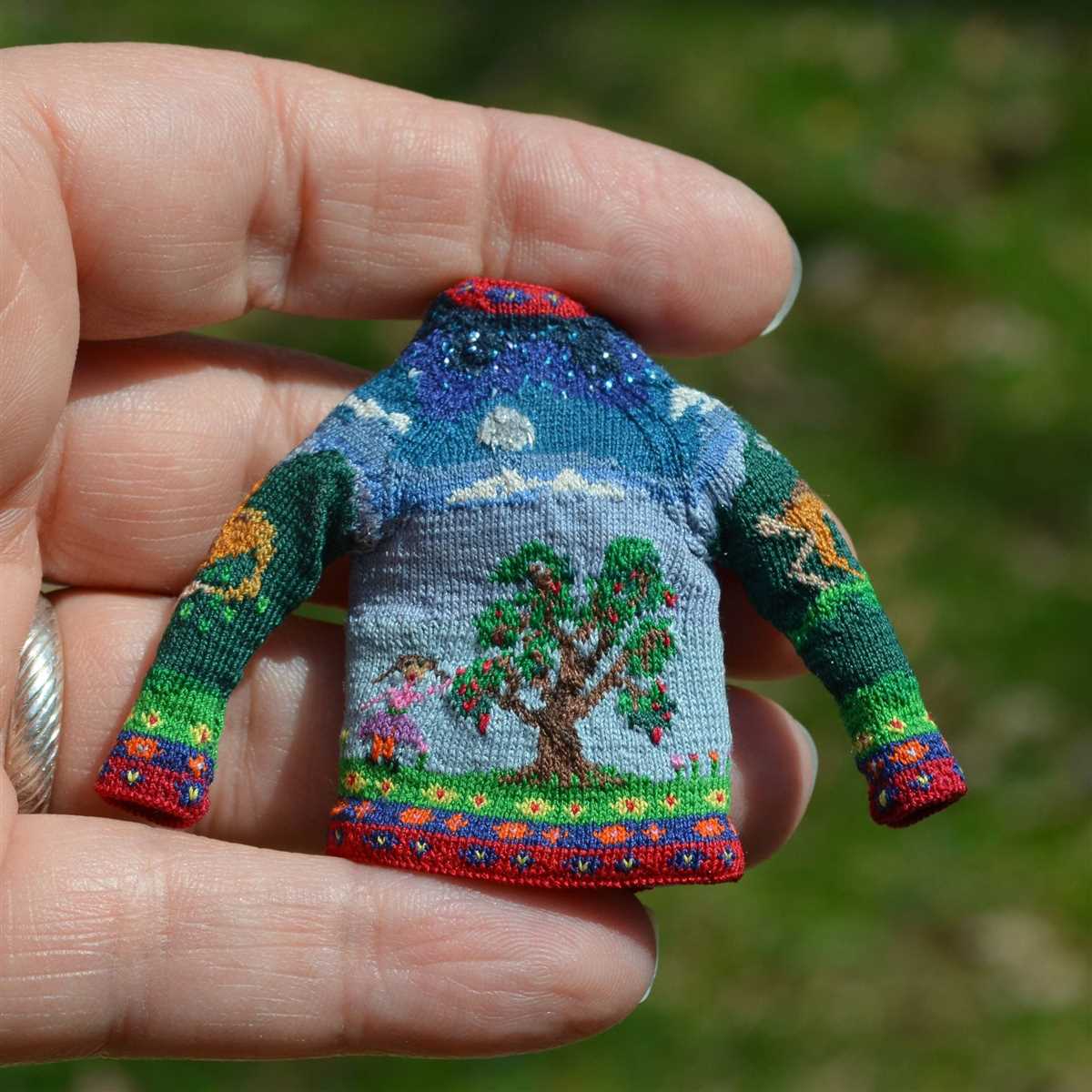
Micro knitting, also known as miniature knitting, is the art of creating tiny knitted items using fine or thread-weight yarns and smaller needles. Despite the small scale, micro knitting allows for intricate details and beautiful designs. Colorwork patterns, which involve using multiple colors in a single project, can add a whole new dimension to micro knitting.
One popular colorwork technique for micro knitting is stranded knitting, also known as Fair Isle knitting. This technique involves working with two or more colors in a single row, carrying the unused colors along the back of the work. The result is a stunning pattern of contrasting colors. Some popular colorwork patterns for micro knitting include traditional Fair Isle motifs such as snowflakes, stars, or geometric patterns.
Another colorwork technique for micro knitting is intarsia. Unlike stranded knitting, intarsia involves working with separate bobbins or balls of yarn for each section of color. This allows for more complex and detailed designs, such as images or pictures, to be knitted into the fabric. Intarsia colorwork patterns for micro knitting can range from simple shapes like hearts or flowers to more intricate designs like animals or landscapes.
When working with colorwork patterns in micro knitting, it’s important to choose yarns that are of a similar weight and thickness to ensure an even tension throughout the project. Additionally, using smaller needles can help create tighter, more defined stitches for the intricate colorwork. Whether you’re creating a miniature sweater, hat, or even a tiny scarf, experimenting with colorwork patterns can add a touch of creativity and beauty to your micro knitting projects.
Popular Micro Knitting Patterns
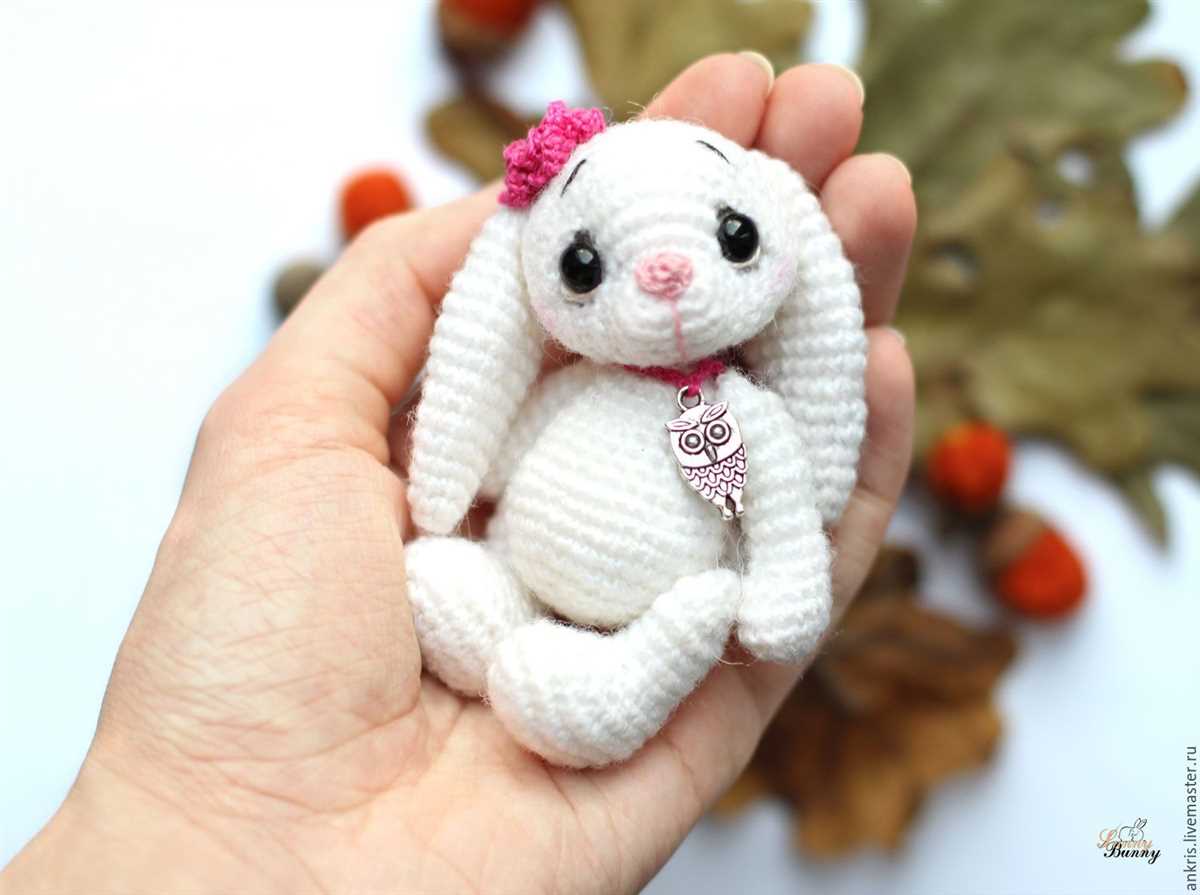
Micro knitting has gained immense popularity in recent years, thanks to its intricate and delicate designs. These patterns are perfect for creating miniature knitted items, such as tiny sweaters, hats, and even miniature toys. If you’re looking to try your hand at micro knitting, here are some popular patterns to get you started.
1. Miniature Cable Knit Sweater: Cable knitting is a classic technique, and it translates beautifully into micro knitting. This pattern allows you to create a tiny cable knit sweater, complete with detailed stitching and a cozy turtle neckline. It’s the perfect project for advanced micro knitters looking to challenge their skills.
2. Tiny Fair Isle Hat: Fair Isle knitting involves creating intricate patterns using multiple colors. This micro knitting pattern teaches you how to create a tiny Fair Isle hat, complete with intricate geometric patterns and contrasting colors. It’s a great project for beginners looking to try their hand at colorwork.
3. Miniature Animal Toys: If you’re looking to create miniature toys, micro knitting has you covered. There are various patterns available for knitting tiny animals, such as cats, dogs, and even unicorns. These patterns often involve intricate stitch work to capture the details of the animals, making them a great challenge for experienced micro knitters.
4. Tiny Lace Shawl: Lace knitting is known for its delicate and airy patterns, and it’s just as beautiful in micro knitting. This pattern allows you to create a miniature lace shawl, featuring intricate lace motifs and a delicate border. It’s a great project for intermediate micro knitters who want to create something elegant and stylish.
5. Miniature Socks: Socks may seem challenging to knit on a regular scale, but miniaturizing them can be even more intricate. Micro knitting patterns for miniature socks often involve fine yarn and tiny needles to create intricate stitch patterns and detailed heel and toe construction. These miniature socks make great decorative pieces or doll accessories.
Miniature Hats and Beanies
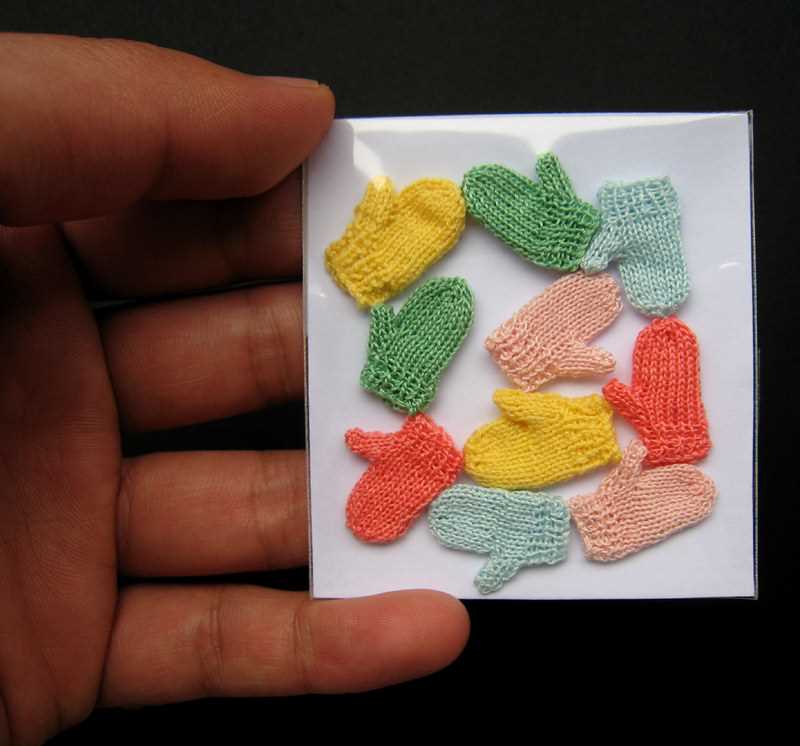
In the world of micro knitting, miniature hats and beanies are a popular choice for those who enjoy creating tiny garments. These tiny accessories are perfect for dolls, stuffed animals, or even as decorative pieces. With a variety of patterns available, you can create miniature hats and beanies in any style or color you desire.
One popular pattern for miniature hats and beanies is the basic beanie design. This simple pattern can be easily adjusted to fit any size and can be knit in any color or combination of colors. The basic beanie pattern is perfect for beginners and can be completed quickly, making it an ideal project for someone new to micro knitting.
Patterns for Miniature Hats and Beanies
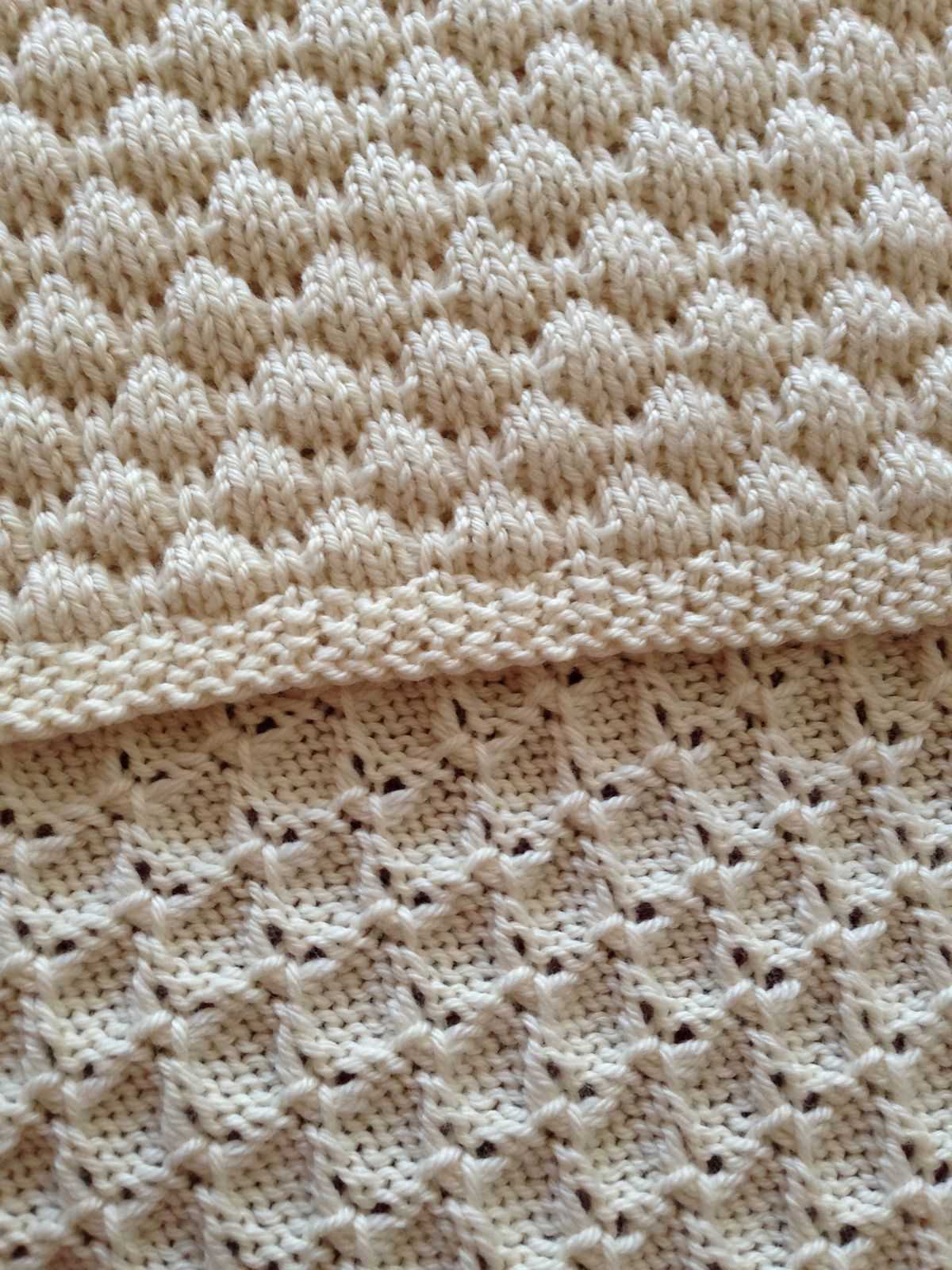
If you’re looking for something a bit more intricate, there are many pattern options available for miniature hats and beanies. From cable knit designs to lace patterns, the possibilities are endless. Some patterns even incorporate tiny embellishments, such as pompoms or miniature flowers, to add an extra touch of whimsy to your creation.
When choosing a pattern for your miniature hat or beanie, consider the size of the intended recipient. If you’re knitting for a doll or stuffed animal, you’ll want to choose a pattern that is proportionate to their size. If you’re creating a decorative piece, you have more freedom to experiment with different sizes and styles. Just remember to keep the scale in mind to ensure that your miniature hat or beanie looks perfectly designed in its miniature form.
Miniature Hat and Beanie Collections
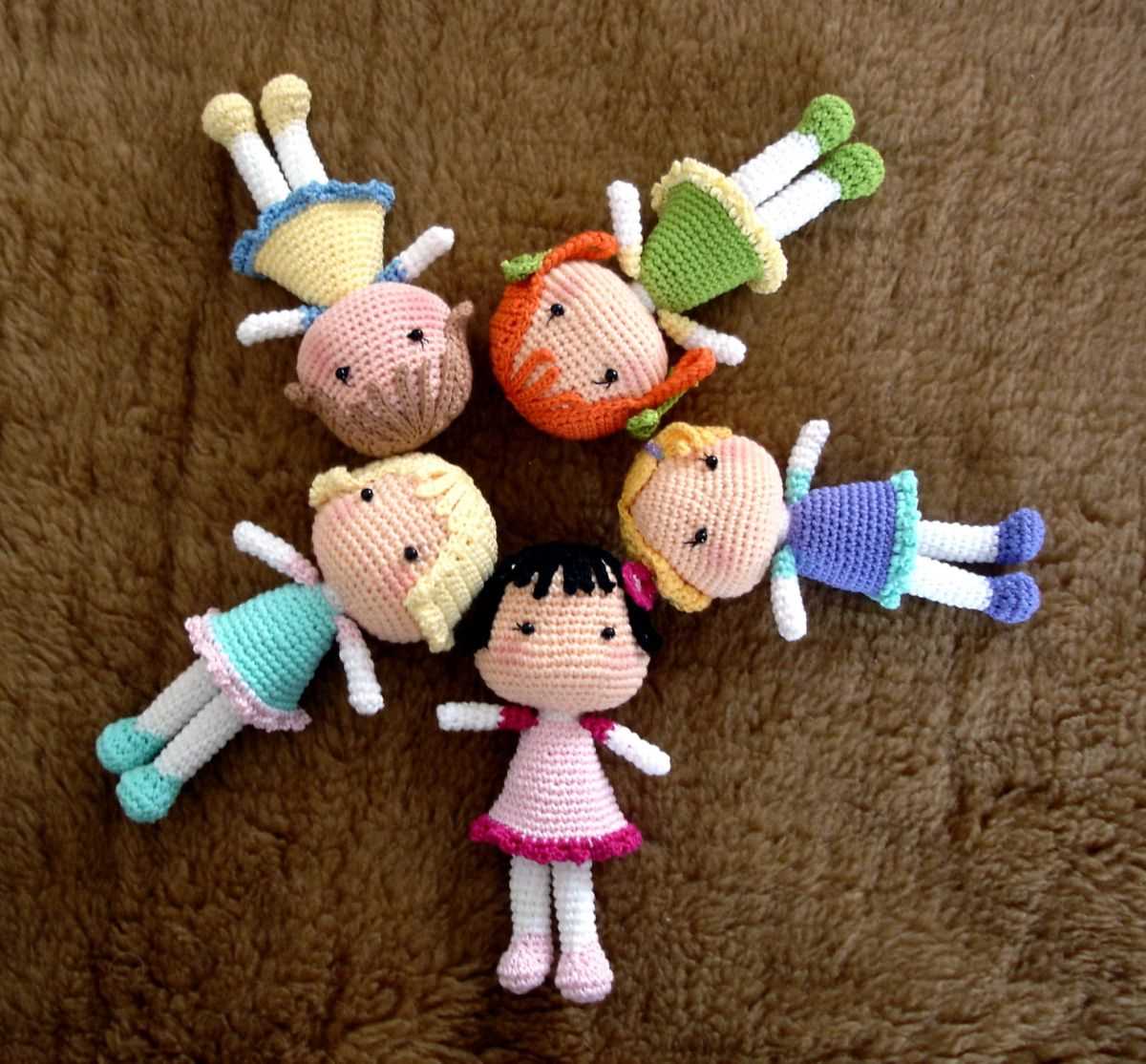
Some micro knitting enthusiasts specialize in creating miniature hat and beanie collections. These collectors strive to create a variety of designs and styles to showcase their skills and creativity. From tiny top hats to trendy slouchy beanies, miniature hat and beanie collections can be displayed in a variety of ways, from dollhouses to shadow boxes.
Regardless of whether you’re creating miniature hats and beanies for play, decoration, or in pursuit of creating a collection, micro knitting offers endless possibilities. With a little bit of patience and creativity, you can create stunning miniature accessories that are sure to impress.
Tiny Sweaters and Cardigans
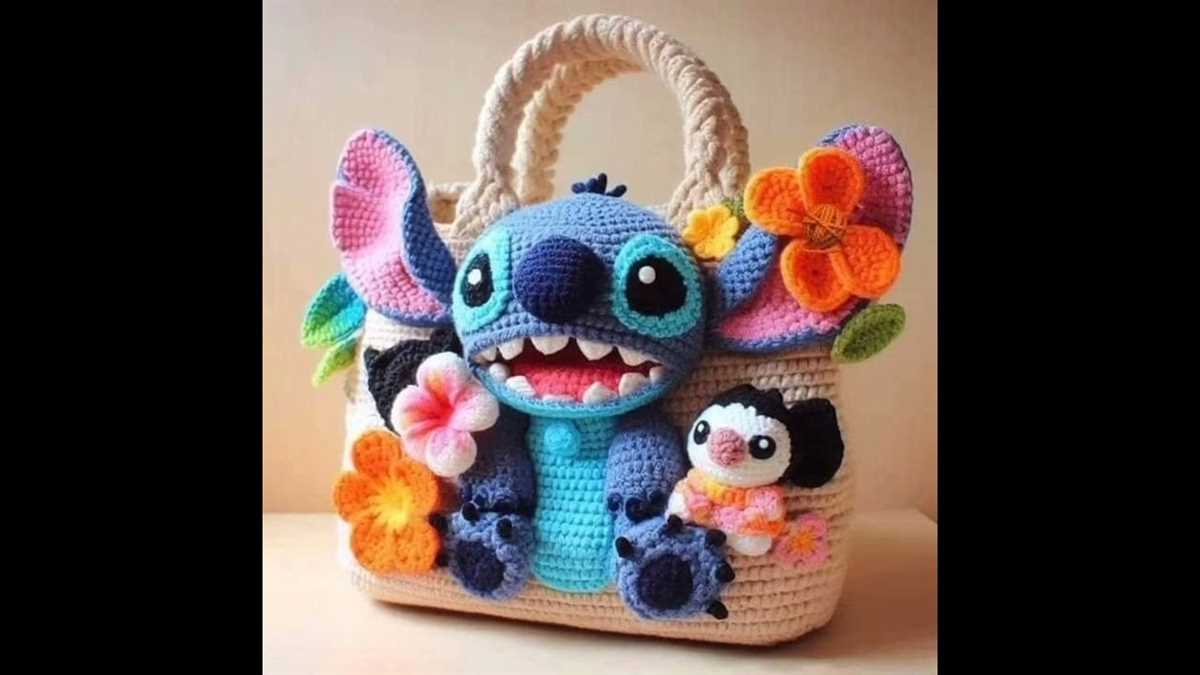
If you love working with small needles and delicate yarn, then micro knitting is the perfect craft for you. One of the popular items to create in micro knitting is tiny sweaters and cardigans. These miniature garments are not only adorable, but they also serve as great decorative pieces for dollhouses or as thoughtful gifts for friends and family.
Designing micro sweaters and cardigans
Designing micro sweaters and cardigans requires a keen eye for detail and intricate stitch work. Experienced micro knitters are able to create complex patterns using a variety of stitches such as lace, cable, and Fair Isle. These small garments are often worked in the round to create a seamless finish, and the finished product is typically embellished with miniature buttons, ribbons, or even tiny pockets.
Choosing the right yarn and needles
When it comes to micro knitting, choosing the right yarn and needles is essential. Since the garments are small, it’s important to use a thin and lightweight yarn such as lace weight or fingering weight. This allows for intricate stitch work while still maintaining the delicate look of the finished piece. As for needles, a set of small double-pointed needles or circular needles in sizes ranging from 1.5mm to 2.25mm are commonly used for micro knitting.
Where to find micro knitting patterns
If you’re new to micro knitting or looking for inspiration, there are plenty of resources available for finding micro knitting patterns. Many knitting websites and online communities offer free or paid patterns specifically designed for micro knitting. You can also find books, magazines, and even dedicated micro knitting pattern collections that provide a wide range of designs to choose from. Additionally, attending knitting workshops or joining knitting clubs can be a great way to learn new techniques and explore the world of micro knitting.
In conclusion
Creating tiny sweaters and cardigans through micro knitting is a rewarding and enjoyable craft. With the right yarn, needles, and patterns, you can bring these miniature garments to life and showcase your skills in the world of micro knitting. So grab your needles and get started on your next micro knitting project – the possibilities are endless!
Conclusion
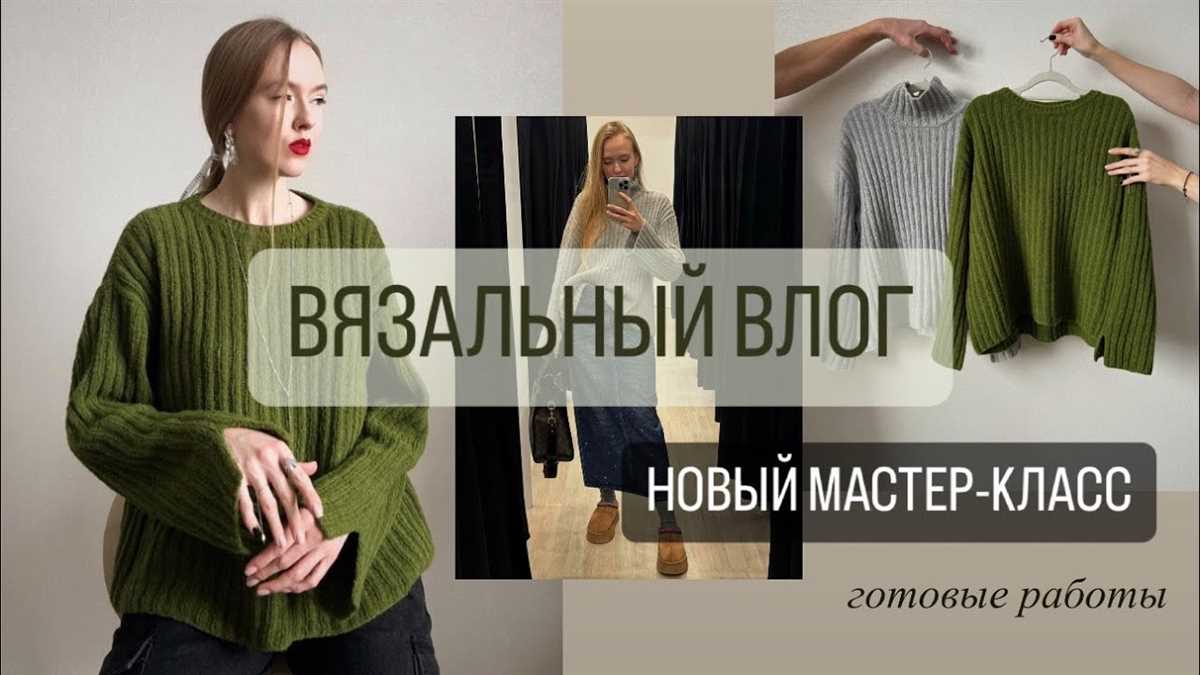
In conclusion, micro knitting patterns offer a unique and intricate way to create accessories. From tiny hats and scarves to miniature mittens and socks, these tiny creations can add a touch of charm and whimsy to any outfit or home decor. Micro knitting requires patience and precision, but the end results are truly one-of-a-kind.
Micro knitted accessories make great gifts or additions to your own collection. They can be used as keychain decorations, dollhouse decorations, or even as ornaments for your Christmas tree. The possibilities are endless!
Whether you’re a beginner or an experienced knitter, trying your hand at micro knitting patterns can be a fun and rewarding challenge. So grab some fine yarn, tiny needles, and give it a try. Who knows, you may just discover a new passion for creating miniature masterpieces!